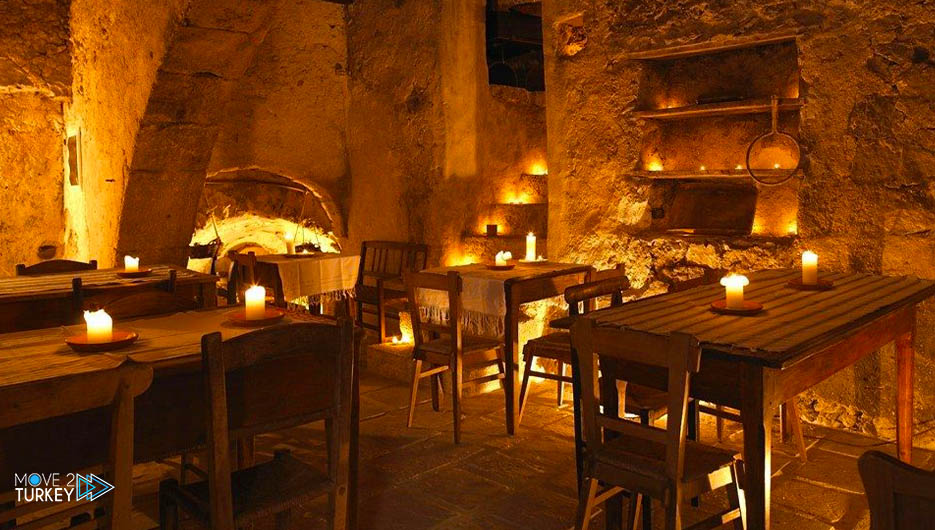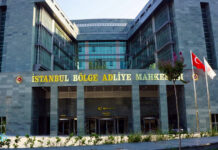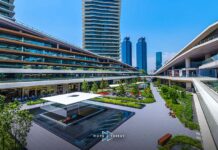
In the historical region of Cappadocia in central Turkey, engineer Muammar Arenal has transformed a building that was used as an animal barn in the Ottoman era into a restaurant that transports his customers to the Middle Ages with its unique design.
-Advertisement-
Arenal’s story with his unique restaurant began 20 years ago when he bought the historical building in the state of Nosehir (center) after graduating from the Faculty of Architecture at Yildiz Technical University in 1987.
In the Ottoman era, the historical building was used as an animal pen and then turned into a post office at the beginning of the establishment of the Turkish Republic.
After obtaining the necessary permissions, the Turkish architect began renovating the building and took it as his residence for 15 years.
Arenal, fond of the medieval architectural style, began to furnish the building with equipment belonging to the spirit of that era, by communicating with craftsmen in several states.
-Advertisement-
After 15 years of residence in it, Arenal decided to transform the building into a medieval-style restaurant, taking advantage of the international fame and great demand that Cappadocia enjoyed as a tourist attraction.
The Medieval Warm Era or the Optimal Period of Medieval Climate are designations of the warm climate in the North Atlantic region that may also be associated with other climatic events all over the world during that period, including China, New Zealand and other countries and lasted between about 950-1250 AD.
In medieval fashion, the restaurant’s workers receive customers and tourists, who show a fascination with the restaurant’s furniture and its special atmosphere, through which it transports them to the Middle Ages.
The restaurant, as well as all historical buildings in Cappadocia, includes rooms dug into the mountains, as well as a tunnel.
-Advertisement-
Arenal stressed his keenness, during his tours inside and outside the country, to visit museums, historical places, castles and ancient underground cities.
He said, “I am very interested in medieval history and I like to read books and watch documentaries. It is my favorite era and I feel like I lived in it, especially when riding a horse. This feeling is unique to me.”
He explained that during the Corona epidemic, he made swords, flags, and other medieval equipment and symbols for his restaurant.
“I hired some craftsmen to make some of the equipment along with my extensive research in documentation and catalogs in order to make it as close to the real thing as possible,” he said.
-Advertisement-
Russian tourist Andrei Korkin said that he and his friends liked the restaurant so much that they toured all its rooms.
He said, “I was very impressed with the great attention to the minute details of the restaurant. This place should not be evaluated as a commercial place. The place touches the heart and soul of man.”
As for the Azerbaijani tourist, Leyla Akhmedova, she said that the place transports her to bygone centuries, and added: “I liked the restaurant very much. I used to watch these places in films only, but now I feel that I am in a scene of these films.”
It should be noted that the limestone rocks of Cappadocia are easy to dig and were formed from ash and lava spewed by the surrounding volcanoes.
-Advertisement-
As for the chimneys of the fairies, or what they are called in the Arab deserts “the devil’s tables”, they were formed by sculpting and erosion factors to draw strange and amazing shapes for them.
And humans took advantage of what the factors of nature created to take from the rocks of Cappadocia their homes and shelters in times of war.






















